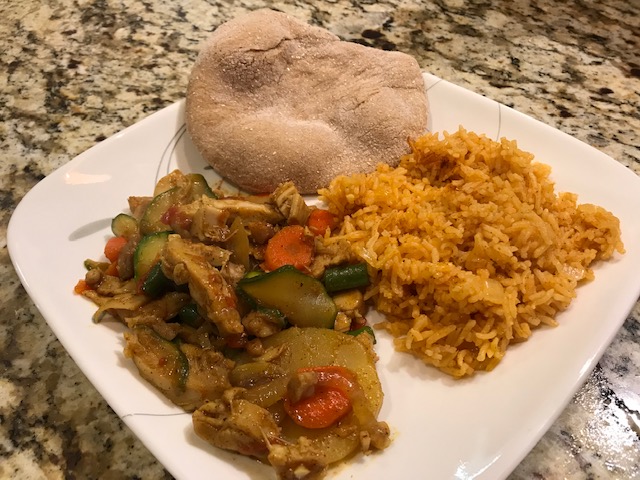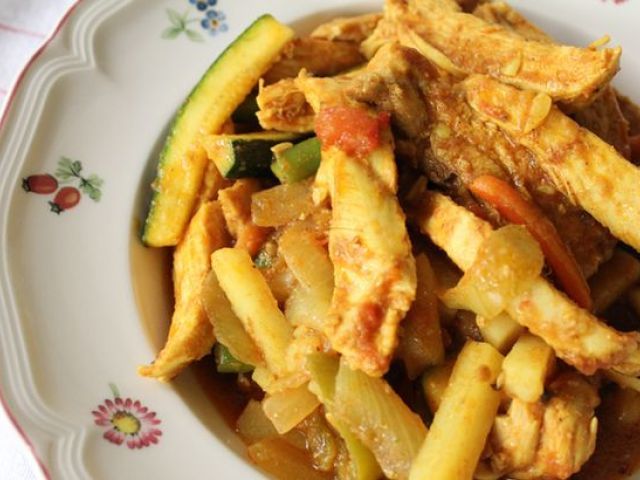
Influence of Yemeni Cuisine on Regional Cooking
Yemeni cuisine, often overshadowed by its more famous Middle Eastern counterparts, offers a treasure trove of flavors that have subtly influenced regional cooking across the Arabian Peninsula and beyond. The rich tapestry of Yemeni culinary traditions is not just a reflection of its own cultural heritage but also a fascinating intersection of influences that have shaped and been shaped by neighboring cuisines. In this exploration, we’ll delve into how Yemeni cuisine has impacted regional flavors, revealing a cross-cultural dialogue that enriches the food landscape of the Middle East and beyond.
A Culinary Heritage Rich in Tradition
Yemen’s cuisine is a melting pot of diverse influences, reflecting its historical role as a crossroads for trade and cultural exchange. Yemeni cooking is characterized by its use of robust spices, aromatic herbs, and slow-cooked dishes, which have garnered admiration and imitation from neighboring regions. Key ingredients like cumin, coriander, fenugreek, and saffron, along with cooking techniques such as slow braising and stewing, are hallmarks of Yemeni cuisine that have found their way into the culinary traditions of neighboring countries.
Influence on Arabian Peninsula Cooking
1. The Mandi Phenomenon
One of the most significant contributions of Yemeni cuisine to regional cooking is the dish known as Mandi. Originating from Yemen, Mandi is a fragrant rice dish cooked with marinated meat (often lamb or chicken), a blend of spices, and sometimes nuts and raisins. The dish’s popularity has spread across the Arabian Peninsula, especially in Saudi Arabia, where it has become a staple at festive gatherings and daily meals alike. The method of cooking Mandi, which involves slow-roasting the meat over a fire or in an underground pit, has been embraced and adapted by many neighboring cultures, reflecting its deep-rooted influence.
2. The Role of Spice Blends
Yemeni spice blends, such as the aromatic and slightly spicy Baharat, have also left their mark on regional cuisines. Baharat, a mixture of spices including black pepper, cloves, cinnamon, and cardamom, is a key ingredient in Yemeni dishes like the famous Yemeni Salta. This blend has been adopted by chefs across the Arabian Peninsula, who incorporate it into their own dishes to achieve a complex flavor profile that pays homage to Yemeni culinary traditions.
Influence on the Horn of Africa
Yemeni cuisine has also had a notable impact on the culinary traditions of the Horn of Africa, particularly in Somalia and Ethiopia. The historical maritime trade routes connecting Yemen with East Africa facilitated the exchange of culinary ideas and ingredients.
1. The Adoption of Yemeni Spices
Somali cuisine, with its emphasis on spice-rich dishes, has absorbed many elements from Yemeni cooking. The use of spices such as cumin, coriander, and black pepper is prevalent in both Yemeni and Somali kitchens. Somali dishes like “Canjeero” (a type of flatbread) and “Suqaar” (a spiced meat dish) reflect the influence of Yemeni flavor profiles, highlighting the shared culinary heritage between these regions.
2. The Influence on Injera
Ethiopian cuisine, particularly the iconic Injera (a type of sourdough flatbread), has been influenced by Yemeni bread-making techniques. While Injera itself is unique to Ethiopia, the method of using fermented dough to achieve a distinct texture and flavor bears a resemblance to Yemeni bread varieties, illustrating the cultural exchange that has occurred over centuries.

Influence on Indian Ocean Islands
Yemeni cuisine has not only influenced the Arabian Peninsula and the Horn of Africa but has also reached the islands of the Indian Ocean. The historical trade routes connecting Yemen with the islands of Socotra and Zanzibar have facilitated the exchange of culinary practices.
1. The Zanzibar Connection
In Zanzibar, the influence of Yemeni cuisine is evident in the use of spices such as saffron and cardamom, which are staples in both Yemeni and Zanzibari kitchens. Dishes like “Pilau” (a spiced rice dish) and “Biriyani” (a rice dish with meat and spices) exhibit similarities to Yemeni rice dishes, reflecting a shared appreciation for aromatic and flavorful food.
2. Socotra’s Culinary Evolution
Socotra, an island in the Arabian Sea, has also been influenced by Yemeni cuisine due to its geographical proximity and historical ties. The use of local spices and herbs in Socotri cuisine shows a blend of Yemeni culinary traditions with local ingredients, resulting in a unique fusion that highlights the region’s diverse influences.
Modern Cross-Cultural Flavors
In contemporary times, the influence of Yemeni cuisine continues to be felt in the global culinary scene. Yemeni restaurants and chefs are gaining recognition for their ability to blend traditional flavors with modern techniques, creating dishes that resonate with diverse audiences. The cross-cultural exchange extends beyond traditional dishes, as Yemeni-inspired fusion cuisine begins to appear on menus worldwide.
1. Fusion Cuisine
Chefs across the globe are experimenting with Yemeni flavors, integrating them into new culinary creations. Dishes such as Yemeni-style tacos or fusion kebabs showcase how Yemeni spices and cooking techniques can be creatively adapted to suit different cultural tastes while preserving their original essence.
2. The Rise of Yemeni Food Trucks and Pop-Ups
The growing popularity of Yemeni food trucks and pop-up restaurants in major cities worldwide reflects the increasing interest in Yemeni cuisine. These culinary ventures offer a diverse range of Yemeni-inspired dishes, providing a platform for cultural exchange and the appreciation of Yemeni flavors in new and innovative formats.
Conclusion
The influence of Yemen cuisine on regional cooking is a testament to the rich and diverse culinary heritage of Yemen. Through its robust flavors, aromatic spices, and unique cooking techniques, Yemeni cuisine has left an indelible mark on the culinary traditions of the Arabian Peninsula, the Horn of Africa, and the Indian Ocean islands. As Yemeni flavors continue to inspire and enrich global cuisine, they serve as a reminder of the interconnectedness of cultures and the enduring impact of culinary traditions across borders. Whether through traditional dishes or innovative fusion creations, Yemeni cuisine remains a vibrant and influential force in the world of food.
